
More Helpful Content
Are you considering importing goods into a country and want to know more about custom clearance? Perhaps you are a commercial or private importer, a freight forwarder, or an attorney representing clients involved in cross-border imports.
Regardless of your situation, understanding custom clearance can be critical for anyone shipping goods across international borders. In this blog post, we will discuss what is meant by custom clearance and the different steps involved in the process.
We'll look at what is custom clearance meaning, including its main types, its process, and some best practices that you can apply. Read on to find out more!
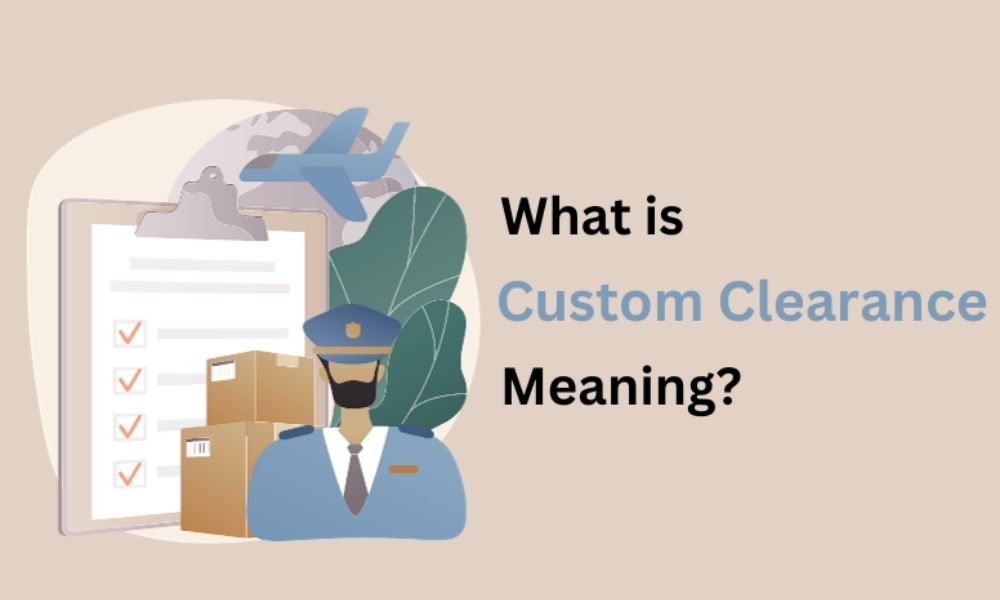
The process of submitting items to customs officials while entering or departing a nation is known as customs clearance. Items that are imported and exported, along with personal possessions and commercial cargo, are all required for customs clearance.
Customs clearance ensures that all appropriate import fees and taxes are paid and that items conform with all applicable requirements. Companies or individuals must give precise information about the cargo such as its origin, value, destination, and what’s inside, in order to clear customs.
Supporting documents, including invoices or lading bills, may also be needed by individuals or businesses. Customs officers might release the package for distribution once it has been cleared by them.
Now that you understand what is custom clearance meaning, let’s discover the main types of custom clearance.
There are three main types of customs clearance: international, import, and export customs clearance. Let’s go into the details of each custom clearance type now.
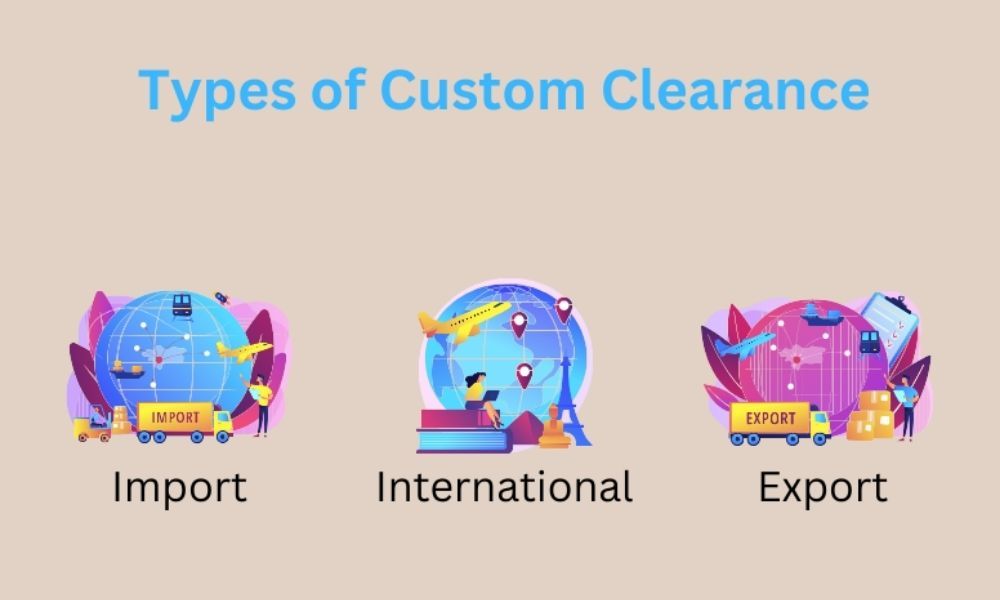
The procedure for obtaining permits and paying duties on products that are entering or leaving a country is known as international customs clearance.
It's essential for both importers and exporters to understand customs regulations and tariffs in order to clear their goods through international borders effectively.
International customs clearance can be done by individuals, but it is more frequently done by businesses that make use of the services of a customs broker.
Customs brokers are professionals who specialize in assisting importers and exporters navigate the complex world of customs clearance. They are well-versed in various countries' regulations and can assist with documentation, classification, and duty calculations.
This procedure would encompass the services performed by a certain country in order to export items to a different country. An exporter or a company house must secure several authorizations before exporting items.
Export custom clearance process includes the following steps:
Export custom clearance services must be tailored to the needs of the country. During the entire procedure of exporting commodities and products, the following must be done:
Import custom clearance is the process of obtaining customs clearance for items that are being brought into a country from abroad. This procedure ensures that all necessary fees and taxes have been paid and that the goods comply with any applicable regulations.
Import custom clearance process includes the following steps:
Importers must provide detailed information about the imported goods, such as their origin, value, and contents. They may also need to obtain import permits or adhere to specific requirements for certain goods, such as food or pharmaceuticals.
Import custom clearance also involves paying any applicable duties and taxes, which can vary depending on the type of goods and the country of origin.
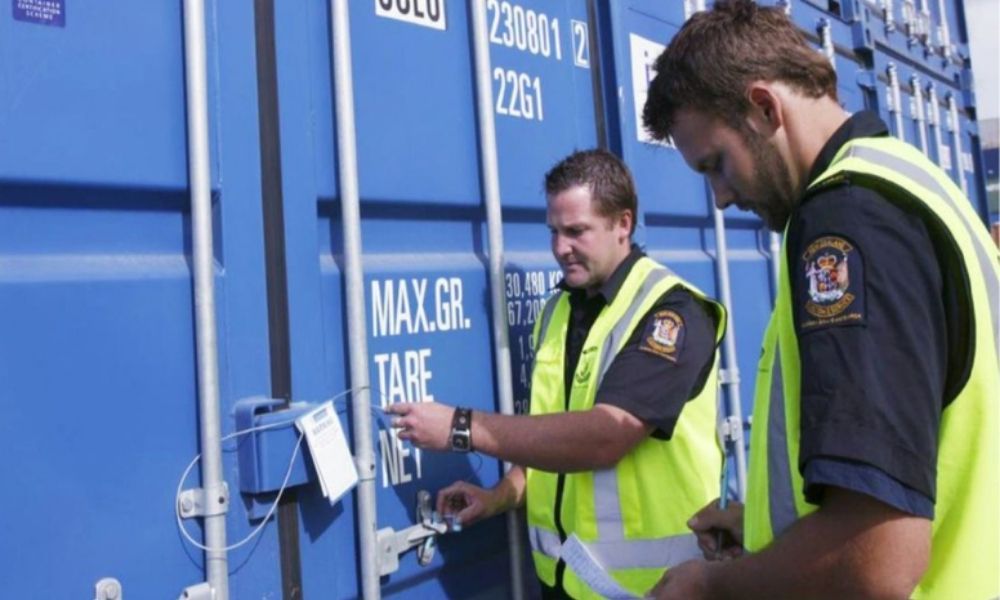
The customs clearance process may vary slightly depending on the country and type of shipment, but generally follows these steps:
A customs officer will go over your documentation to verify it is proper and complete. The following are the most typical clearance documentation:
👉 Read More: What does pre-shipment mean? Insights & Expert Tips
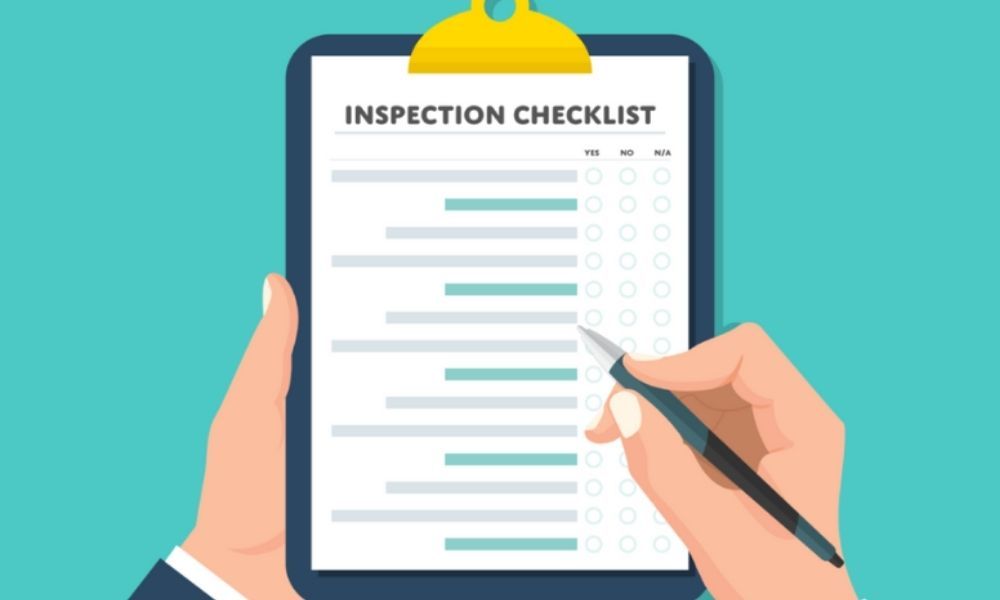
After the cargo has been examined and all necessary import documents have been submitted, you must pay any taxes or duties payable on the products before Customs can release them for distribution. The total amount owed is determined by a number of criteria, such as the type of products being imported, their claimed value, and the specific customs legislation.
For example, if you are in charge of paying taxes and duties, like your cargo is delivered duty unpaid, or DDU, you must arrange for payment with your country’s customs department before the items can be delivered.
However, if your cargo is DDP (Delivery Duty Paid), which means the tax and duty are already included in the price of the products, you will not be required to make any further payments. In any case, it is critical to understand the prospective expenses of importing items so you can budget correctly and prevent paying an extra penalty.
The products will be free after the Customs inspects and assesses them. The procedure varies based on the type of imported products, but it usually entails paying any customs charges or taxes that are owed. After completing the release documentation, the importer can take control of the items and transport them to their final locations.
In some circumstances, commodities may be released conditionally, which means they must fulfill certain criteria before being taken off-site. Toxic substances, for instance, may need to be properly labeled and packed before being released from customs.
Finally, the customs clearance procedure ensures that all imported commodities comply with all relevant requirements before entering the domestic market.
To ensure a smooth customs clearance process, it is important to follow best practices such as:
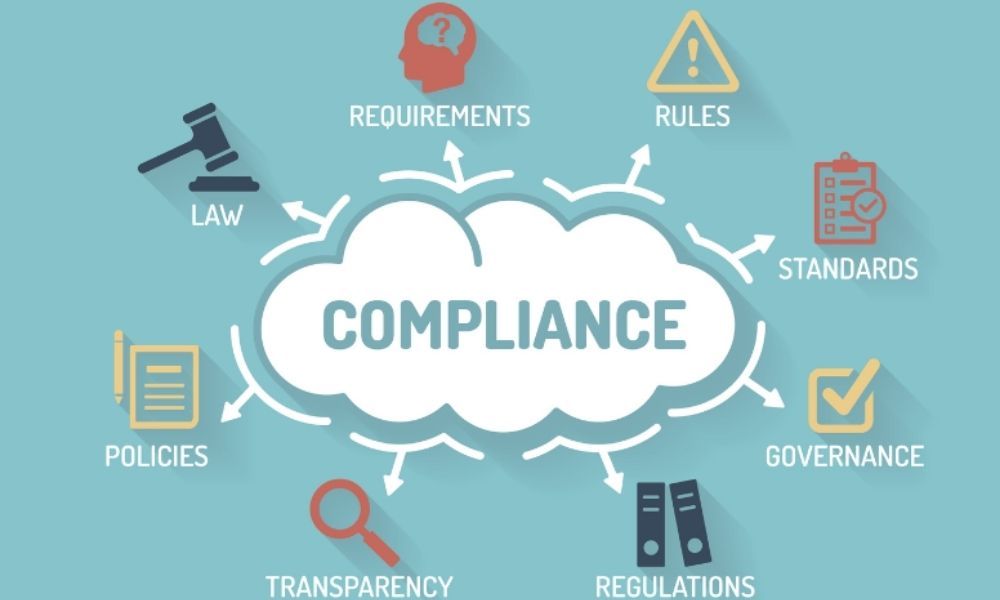
👉 Read More: Top 5 Customs Clearance Service in Hanoi
👉 Read More: Top 6 Customs Clearance Service in Ho Chi Minh
Customs clearance is an essential part of international trade, ensuring that goods can legally enter and exit countries.
By understanding custom clearance meaning, and process, following best practices, and working with professionals such as customs brokers, importers and exporters can streamline their operations and avoid potential delays or penalties.
At EFEX, we have a team of experienced customs brokers who can assist with all aspects of customs clearance to ensure your shipments arrive at their destination smoothly and on time. Contact us today to learn more about our services and how we can help with your next international shipment.


